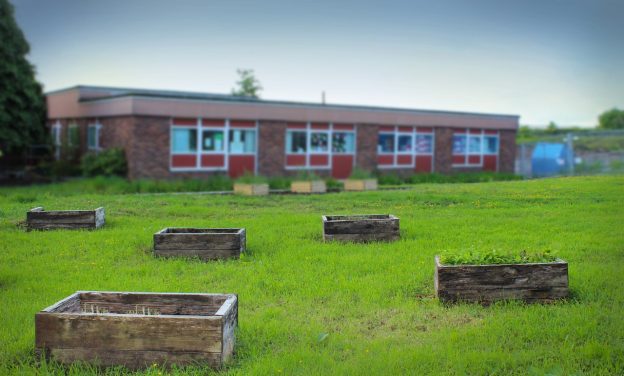Home. What a strange word when you say it over and over. Not longingly but with enough emphasis to draw out the sounds. It’s like a meditation, a prayer. Hooome. Hohm. Holy syntax. The combination of heaven and Om melding east and west. A convergence point. And then there’s all the sentiment and the resistance. Perhaps Ohm’s law was more about the voltage and currents that writhe through anybody’s home, and the personal resistances we put up to manage them–our constants. All of this reflection on home keeps me from the point here. My home was being taken from me.
Apparently my mortgage fell into the sub-prime category. I felt a sort of admiration for the act both my banker and that past-her-prime real estate agent gave about Home Is Where the Heart Is and Your First Big Steps. All that jittery happy-go-lucky sappy stuff that anyone could see through but really did get caught up with when the reality of owning your own home was materializing behind every cringe-worthy axiom and proverb.
You see when you’re twenty eight and making decent money painting pictures of the landscape you grew up in you don’t really have a concept of finances as much as survival and good and bad feelings. And my agent and banker were probably not smart enough to predict that sub-prime mortgages were anything but money-making, internal jargon. In fact, we were all quite sincere about the whole thing as I explored the house, signed the papers, and took the keys in my hand. The whole journey towards owning a home was a blur of naive perspectives, the banker’s, the agent’s, the buyer’s, set to motion by powers far beyond our small worlds of conception. It was like a Cubist painting.
First of all, she grew to hate it. Where I saw the backyard of my childhood, she discovered a whole plethora of weed species novel to her. Where she could only laugh at the bathtubs, furniture, and fireplace, I found a nostalgic comfort. Of course she hadn’t really known she hated the place till she lived in it. We would walk together down the street to the market and she’d look into other people’s houses. She’d always done this before, and I’d found it charming. It seemed to be a desire for that word again, for home. I infused her gaze with a sense of longing. She was merely obsessed with film, studying the active home life and its set for her next project or commercial. Of course I knew this, but it was too superficial for deep old me and my “drab paintings of lifeless, dark trees … Why don’t you paint a girl dancing, or a boy if that’s more your music?”
We danced plenty in my home. It could only be mine as her movements through our dances and domestic life confirmed the temporal status of the space in her mind; she cleaved through wallpaper and threw herself at the chairs. She stabbed the table and broke light bulbs. It was a wonderful newfound clumsiness that she hadn’t possessed in the apartment. But still she gave me what she wanted to give me and we drank and we danced and we made things in my home. I still couldn’t shake the landscapes, and even tried to paint the backyard a few times while she took to listening to something hip in drastic decibel ranges.
These backyard paintings were warped by the music and my childhood flew further away as I looked at them. Of course my agent loved them for the change in direction and I got a few shows and sold almost every one. The domestic reclaimed and destroyed simultaneously. That was how he referred to the first painting, and similar themes announced my shows. They weren’t all the backyard, but they were all of destruction. She had won she teased me as she looked at the violence.
We continued on like this, winning and losing our dance routines and I fell in love with the idea of her and home. Whatever terminus she had in mine I could accept the now of it like her smile in the window as I sat in that unloved yard. It was loved as I’ve said, but not for its own good. The same could be said of the sub-prime mortgages.
I walked out of the court quite alone after it was done. She hadn’t returned from South America on the day she said she would. I drove up to the house and stood outside for a moment looking at the building and remembering as much as I could till I opened the door and walked in.
